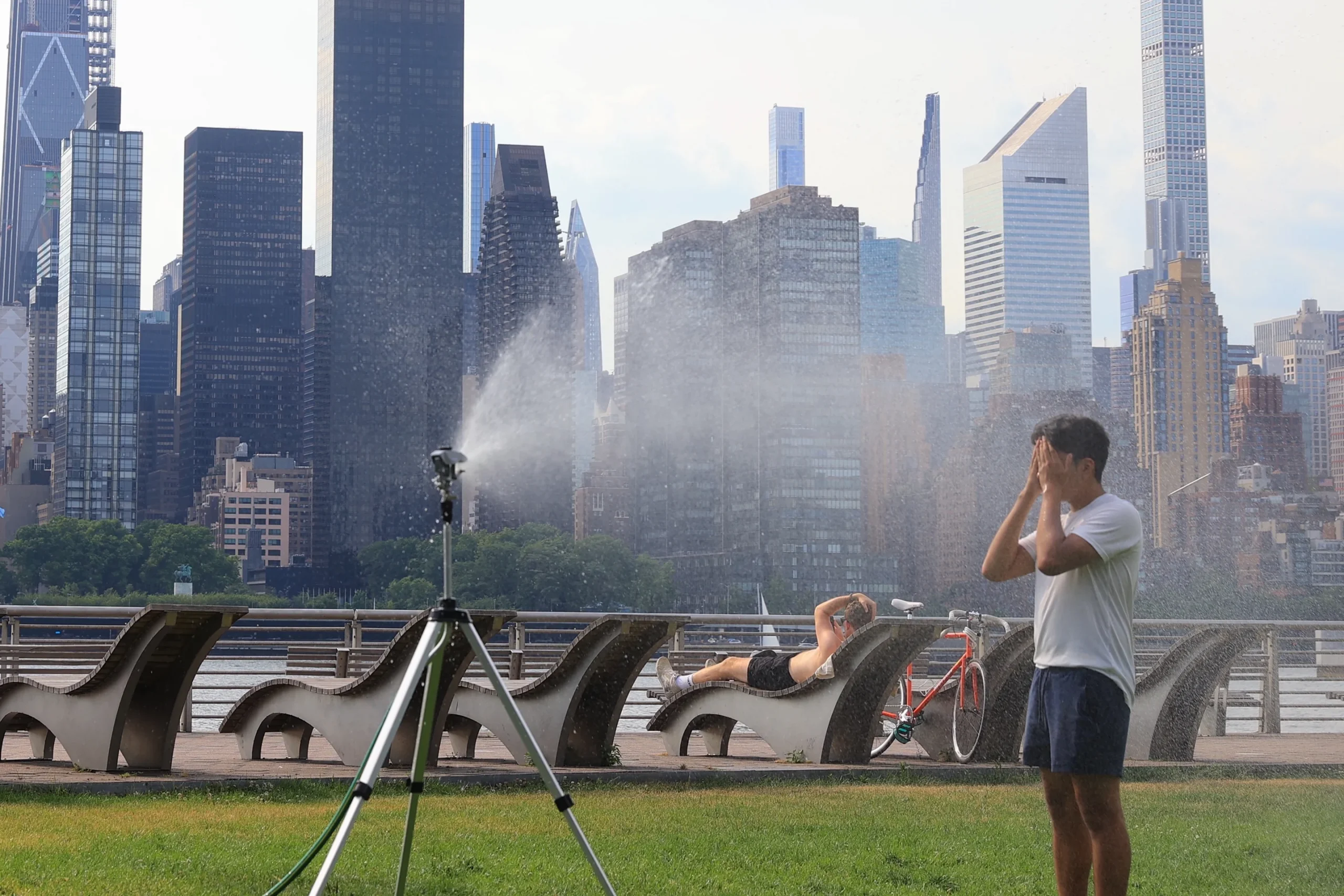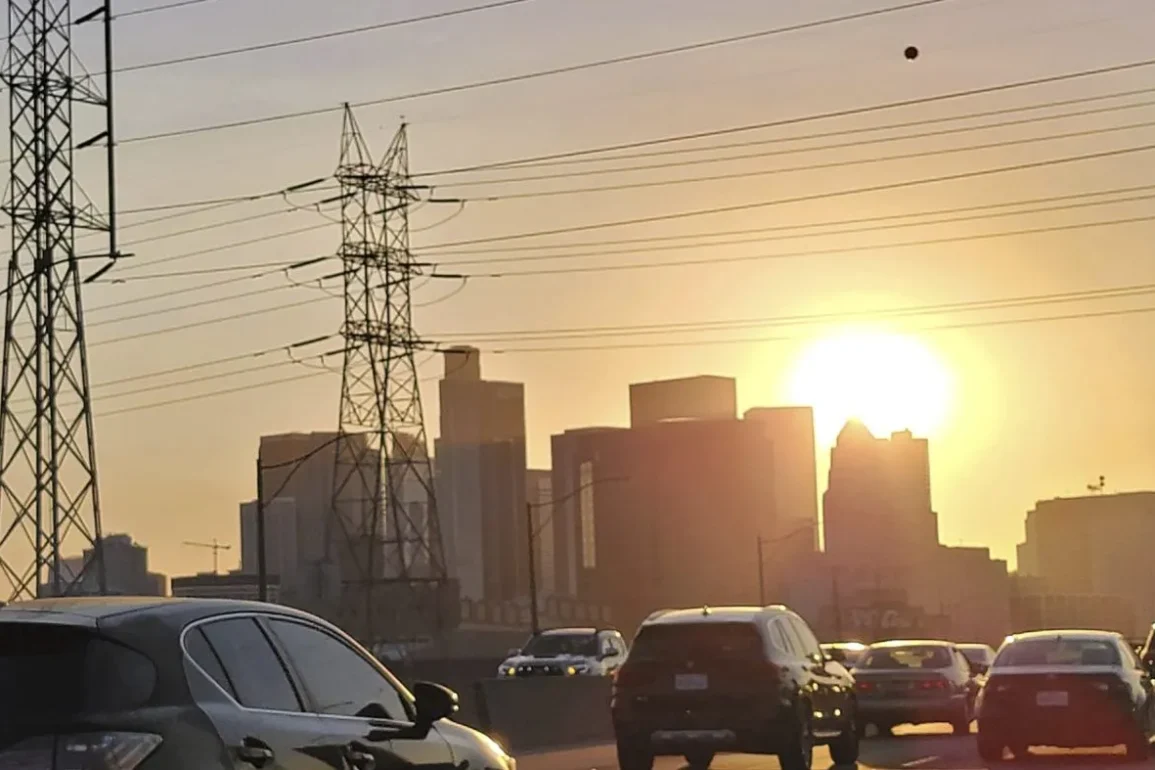Cities present a complex paradox in the face of climate change. On the one hand, they embody efficiency and innovation, housing populations densely and minimizing land use while promoting collaboration and progress.
However, urban areas also suffer disproportionately from extreme heat due to the urban heat-island effect, where surfaces like concrete and asphalt absorb and radiate solar energy, raising temperatures significantly higher than surrounding rural areas.
In the United States, heat-related fatalities surpass those from any other weather-related event, with cities being particularly vulnerable. To combat this, researchers and urban planners are urgently exploring strategies to mitigate urban heat, focusing on passive cooling techniques rather than energy-intensive air conditioning. Innovations such as “cool roofs,” which reflect sunlight using specialized coatings or materials, and increased urban green spaces are being championed as effective solutions.
Edith de Guzman from UCLA emphasizes that modifying urban environments to reduce heat can significantly decrease mortality rates and emergency room visits. This involves not only increasing the reflectivity of inbuilt materials but also incentivizing vegetation and green infrastructure. Local governments are already promoting tree planting initiatives, yet broader adoption of cool roofs remains underexploited, despite their demonstrated effectiveness in reducing urban temperatures.

Recent studies, including one led by Oscar Brousse at University College London, underscore the potential impact of cool roofs. Comparing various interventions, cool roofs emerge as the most straightforward and effective means to cool cities, capable of reducing temperatures notably during heat waves. Their scalability and relative simplicity make them a feasible option for widespread implementation, pending regulatory support and industry adaptation.
However, challenges persist, particularly in retrofitting existing buildings and navigating municipal building codes that may favor traditional roofing materials. Vivek Shandas from Portland State University notes that while cities like Los Angeles have mandated cool roofs for new constructions and offer financial incentives, broader adoption remains hindered by regulatory inertia and industry practices.
The complexity of urban heat islands necessitates tailored solutions that account for local conditions and community needs. Neighborhood-specific approaches are crucial, considering factors like existing green spaces, socioeconomic disparities, and geographic features that influence heat distribution. This localized strategy is essential in maximizing the effectiveness of cooling interventions and ensuring equitable benefits across diverse urban landscapes.
Beyond temperature reduction, initiatives like green roofs and solar panels offer additional environmental and social benefits. While green roofs provide habitat for biodiversity and mitigate stormwater runoff, solar panels contribute renewable energy and support sustainable building practices. Each intervention carries distinct advantages and considerations, highlighting the importance of holistic planning and collaborative efforts among scientists, designers, and communities.
Ultimately, addressing urban heat islands requires a multifaceted approach that integrates passive cooling technologies with community engagement and policy innovation. By diversifying strategies and prioritizing sustainable solutions, cities can reduce their reliance on energy-intensive cooling systems, enhance resilience to climate impacts, and improve the quality of urban life for all residents.

